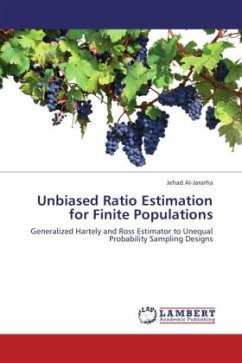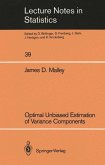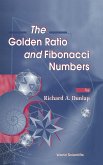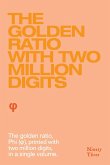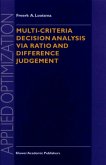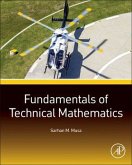In this work, the Hartely and Ross (1954) estimator is generalized to unequal-probability sampling designs, under the condition of measurability. Two distinct versions are considered. The first builds on the Horvitz and Thompson( 1952) estimator. This GHR estimator is unbiased and an exact variance and an unbiased estimator for the exact variance are obtained. The second version of GHR is derived using a Hansen and Hurwitz (1943) type estimator for with-replacement sampling. This estimator is unbiased. This estimator is discussed under two different asymptotic scenarios; a CLT is established and the asymptotic variance and a consistent estimator for the variance are given. An important problem in applications is estimation of the population total t_y under a stratified sampling design when stratum x totals are known, particularly in the case of small stratum sizes. If biased estimators are used to estimate within-stratum population y totals, the bias may accumulate across strata.The unbiased GHR estimators can be used effectively in dealing with such situations by introducing a separate GHR estimator, analogous to the classic separate ratio estimator of survey statistics.

